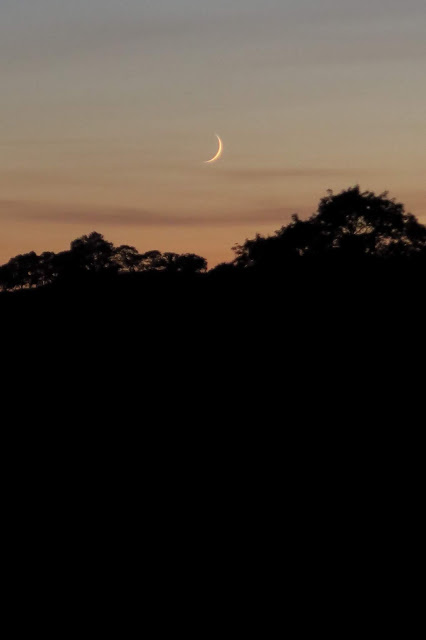The North American mink was brought to Britain in the mid-20th century to be farmed for its valuable fur. Equipment failure, accidents, and smash-and-release raids by animal rights thugs soon found large numbers of these creatures loose in our countryside, and with no natural predators they bred and spread throughout the land. As a water bailiff in the late 1960's, part of my job was to trap and shoot mink, and to advise landowners how to operate the traps which were loaned from the Cornwall River Authority. The Ministry of Agriculture had conveniently passed the responsibility on to the CRA, as they soon found that they had neither the time nor resources. CRA reached the same conclusion, one of the bailiffs with whom I worked trapped 90 in 3 months, and simply gave up. It was not possible to go fishing without seeing a mink, they were absolutely everywhere, using the rivers as conduits, but ranging far and wide. My wife, as a schoolgirl, asked her father what was the pretty little blue thing down by the chickens, and their farm was a good half mile from the Tamar and on top of a hill.
Fast forward to 2019, we now have a thriving otter population (in the 60's they were bordering on extinction in Britain) and for certain this has affected the mink. However there are still a few about, and in areas yet to refill with otters they are still a problem. David Pilkington
 |
| This is a 'blue' mink, a colour much prized by the fur farmers, the normal colour being a very dark brown, often with a few white flecks on the upper chest. This chap appeared in front of me while waiting for a cormorant to do much the same on the Tamar last Saturday morning. I had to make a snap decision as to whether it was or not a small otter, but the non-tapering tail and swimming style gave him (it was a dog mink) away. The effect of 36 grams of 4-shot at very close range is apparent. |







































